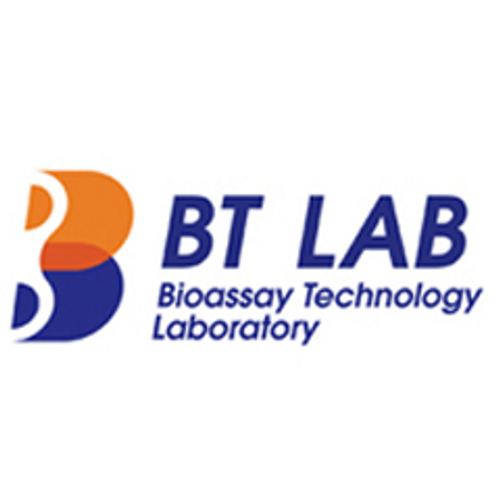Product Description
Chicken Hemoglobin subunit beta (HBB) ELISA Kit | AE60885CH | Abebio
Species Reactivity: Chicken (Gallus)
Abbreviation: HBB
Alternative Name: CD113t-C; beta-globin; beta globin|beta globin chain|hemoglobin beta chain
Application: ELISA
Range: 6.17-500ug/mL
Sensitivity: 2.59ug/mL
Intra-Assay: ≤5.1%
Inter-Assay: ≤10.5%
Recovery: 1, 05
Sample Type: Serum, Plasma, Other biological fluids
Detection Method: Sandwich
Analysis Method : Quantitive
Test Principale: This assay employs a two-site sandwich ELISA to quantitate HBB in samples. An antibody specific for HBB has been pre-coated onto a microplate. Standards and samples are pipetted into the wells and anyHBB present is bound by the immobilized antibody. After removing any unbound substances, a biotin-conjugated antibody specific for HBB is added to the wells. After washing, Streptavidin conjugated Horseradish Peroxidase (HRP) is added to the wells. Following a wash to remove any unbound avidin-enzyme reagent, a substrate solution is added to the wells and color develops in proportion to the amount of HBB bound in the initial step. The color development is stopped and the intensity of the color is measured.
Product Overview: Inhibin, beta B is a protein which in humans is encoded by the INHBB gene.INHBB is a subunit of both activin and inhibin, two closely related glycoproteins with opposing biological effects.Inhibins are heterodimeric glycoproteins composed of an α subunit (INHA) and one of two homologous, but distinct, β subunits (βA or βB, this protein) . mRNA for the two subunits has been demonstrated in the testes of adult rats.Inhibin can bind specifically to testicular interstitial cells throughout development and may be an important regulator of Leydig cell testosterone production or interstitial cell function.The inhibin beta B subunit joins the α subunit to form a pituitary FSH secretion inhibitor. Inhibin has been shown to regulate gonadal stromal cell proliferation negatively and to have tumour-suppressor activity.
Stability: The stability of ELISA kit is determined by the loss rate of activity. The loss rate of this kit is less than 5% within the expiration date under appropriate storage condition. The loss rate was determined by accelerated thermal degradation test. Keep the kit at 37°C for 4 and 7 days, and compare O.D.values of the kit kept at 37°C with that of at recommended temperature. (referring from China Biological Products Standard, which was calculated by the Arrhenius equation. For ELISA kit, 4 days storage at 37°C can be considered as 6 months at 2 - 8°C, which means 7 days at 37°C equaling 12 months at 2 - 8°C) .
 Euro
Euro
 USD
USD
 British Pound
British Pound
 NULL
NULL








